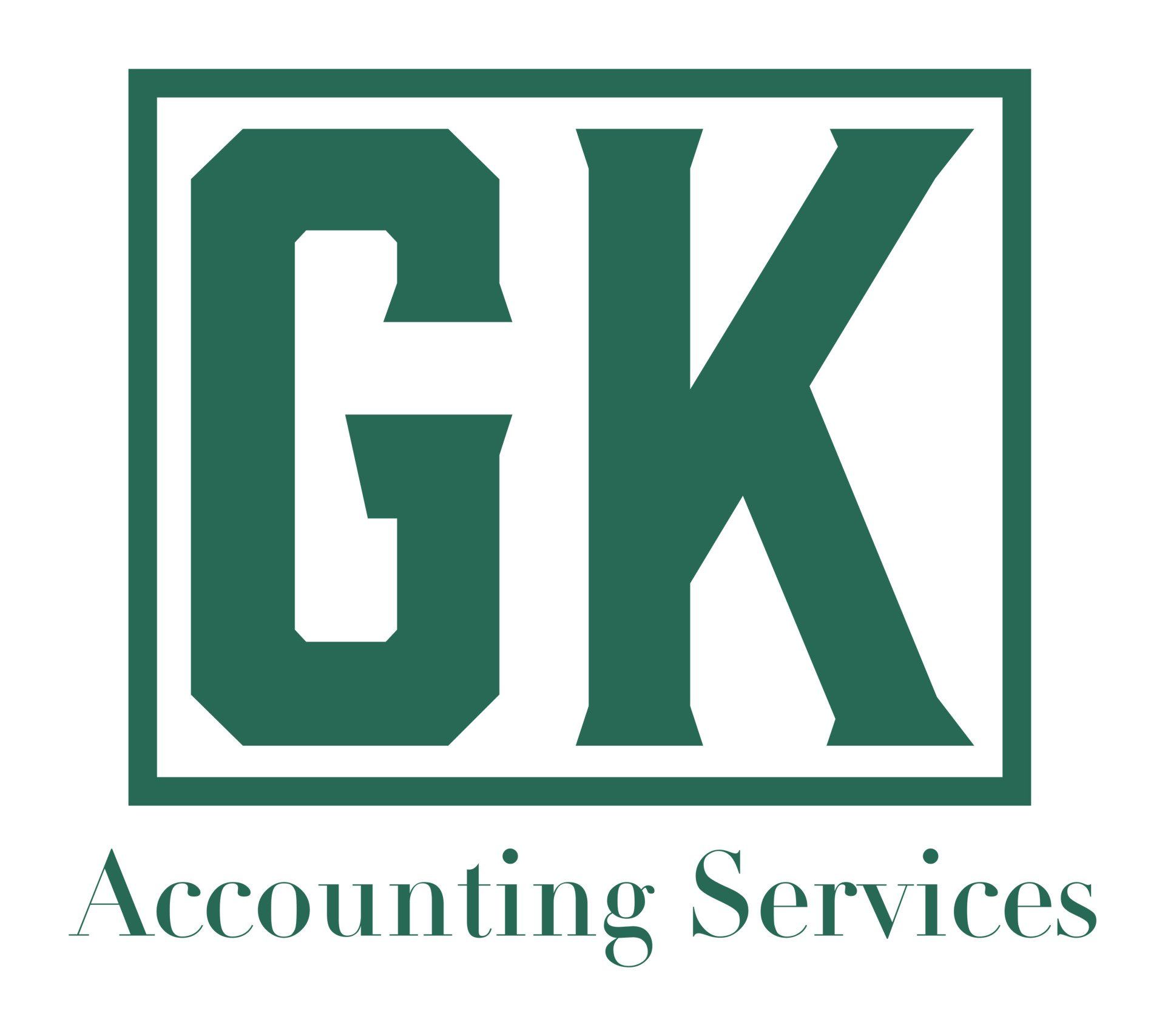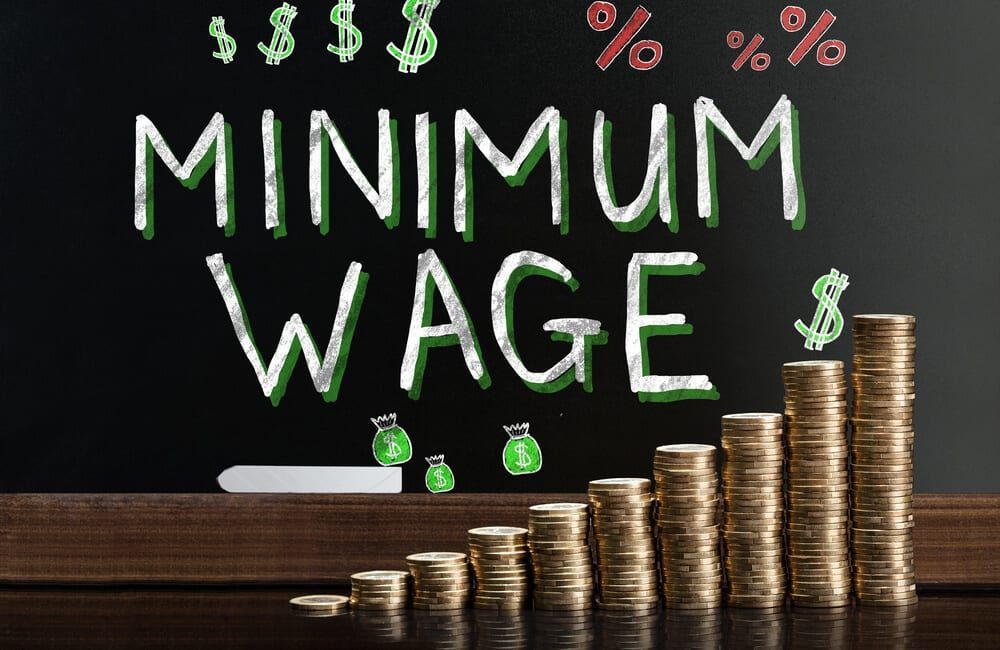What is an SA302 form?
The SA302 form, obtainable from HMRC, serves as a substantiating document validating one's earnings. Widely utilized for self-employed individuals, the SA302 tax calculation and tax year overview documents have become pivotal evidence of income for loan or mortgage applications, aligning with the heightened need for verifiable income in adherence to mortgage regulations.
Covering the last four years of Self-Assessment Tax Returns, the SA302 delineates the breakdown of income declared in the taxpayer's tax return, encompassing commercial variations. Simultaneously, the tax year overview attests to the tax liabilities stemming from the submitted return to HMRC, detailing payments made and cross-referencing the Tax Calculation with official HMRC records.
Self-assessment taxpayers can leverage HMRC's online service to requisition an SA302 tax calculation for the preceding four tax years. Post the online tax return submission, a 72-hour processing period precedes the availability of printable documents. Alternatively, those utilizing commercial software, either individually or through an accountant, can access their proof of earnings seamlessly.
Most lenders accept SA302 forms printed from online accounts or generated via the commercial software facilitating return submissions. HMRC, in collaboration with the Council of Mortgage Lenders and their affiliates, has actively expanded the pool of lenders embracing self-serve copies, streamlining the validation process for borrowers.


Want More Information?
Address: 168b Saron Road, Saron, Ammanford, Carmarthenshire, SA18 3LN
Phone: 01269 518 815
Email: info@gkaccountingservices.com
Privacy Policy



